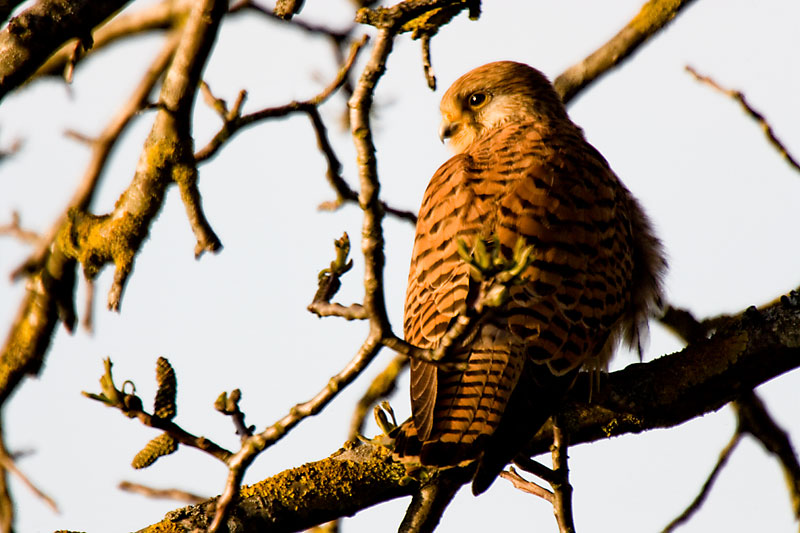Lorenz Koch
New member
i have a pair of these falcons breeding im my backyard.
here's a photo i took this evening:

cheers
loko
here's a photo i took this evening:

cheers
loko

What lens did you use?

I think that this is meant to dampen harmonics in the long lens tube which can be activated by even a slight breeze. Worth trying!While a remote release is often a good idea, with long lenses some photographers will squeeze carefully with one hand on the camera grip and one hand resting gently on the lens to dampen vibrations. It's worth testing your setup both ways with a static subject and seeing what gives you a sharper result.
I think that this is meant to dampen harmonics in the long lens tube which can be activated by even a slight breeze. Worth trying!
Asher
If you are interested, you can read some tips about keeping steady with a long lens, in this article, here:
http://www.mikespinak.com/articles/Essays/e002obtainingmaxsharp.html
